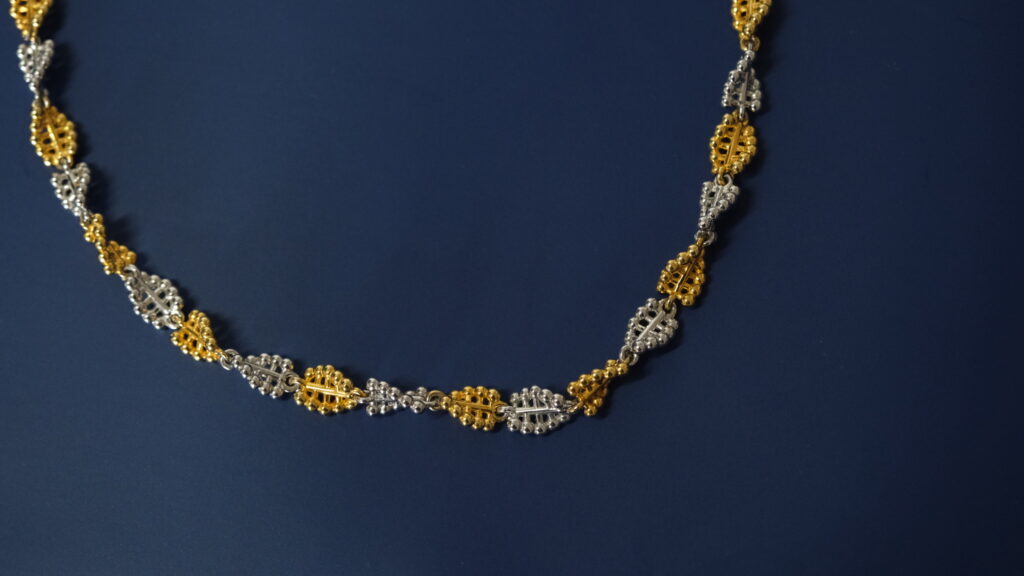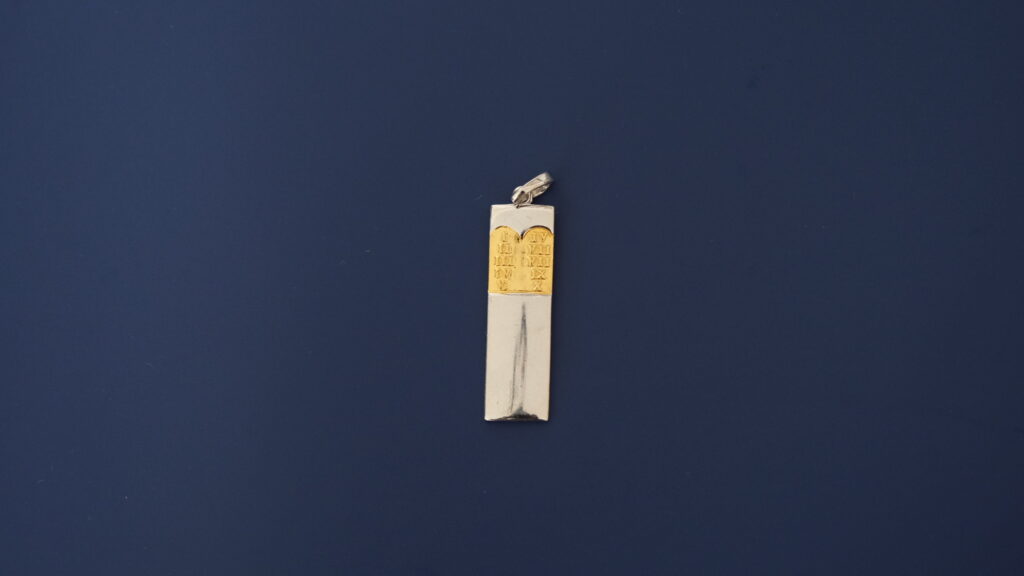Precious Metals
ALL YOU NEED TO KNOW AESTHETICS JEWELRY
A diamond cut is a key factor to consider when choosing your next piece of diamond jewelry.
By Chinwe, Chief Creative Officer
Aesthetics in jewelry refers to the principles and elements of design that govern the beauty, harmony, and visual appeal of adornments. It encompasses various factors such as color, form, texture, balance, and symbolism, all working together to create pieces that are visually pleasing and emotionally evocative. Aesthetic design in jewelry goes beyond mere ornamentation; it reflects cultural influences, personal expressions, and artistic craftsmanship. The significance of aesthetics in jewelry design cannot be overstated. It is the essence that distinguishes ordinary pieces from extraordinary works of art. Aesthetic appeal draws individuals to jewelry, eliciting emotional responses and forging connections between the wearer and the piece. Beyond its visual allure, aesthetics imbue jewelry with meaning, serving as a form of self-expression, cultural representation, and storytelling. Whether minimalist or ornate, modern or vintage, the aesthetic choices made in jewelry design speak volumes about craftsmanship, creativity, and the human experience. Thus, understanding the role of aesthetics in jewelry design is essential for appreciating the beauty and depth of this timeless art form.
Evolution of Aesthetic Trends in Jewelry
Jewelry is more than just a way to adorn oneself. It is also a form of art, expression, and identity. Jewelry can reflect one’s personality, culture, taste, and mood. Jewelry can also tell a story, convey a message, or make a statement.The evolution of aesthetic trends in jewelry reflects the dynamic interplay of historical, cultural, and social influences over millennia. From the ancient civilizations of Mesopotamia and Egypt to the Renaissance and beyond, jewelry design has evolved in response to changing tastes, technological advancements, and societal norms. Early jewelry often featured simple, symbolic motifs crafted from natural materials like shells, stones, and bone. As civilizations flourished, so did the complexity and sophistication of jewelry design, with artisans incorporating precious metals, gemstones, and intricate techniques such as filigree and granulation. The Renaissance witnessed a revival of classical aesthetics, with jewelry reflecting the ideals of balance, proportion, and symmetry. Subsequent eras, such as the Baroque, Rococo, and Art Nouveau periods, each left their indelible mark on jewelry design, ushering in new styles, materials, and decorative motifs. The 20th century saw a proliferation of artistic movements, from Art Deco to Modernism, each influencing jewelry design with its distinct aesthetic sensibilities. Today, contemporary jewelry designers draw inspiration from the past while pushing the boundaries of innovation, resulting in a diverse and dynamic landscape of aesthetic expression.
Cultural Influences on Aesthetic Preferences in Jewelry
Cultural influences play a pivotal role in shaping aesthetic preferences in jewelry across different regions and societies. Each culture brings its unique values, beliefs, and traditions to the realm of jewelry design, influencing everything from materials and motifs to symbolism and craftsmanship. For example, in ancient Egypt, jewelry served as symbols of status, power, and protection, with motifs inspired by religious beliefs and mythology. In contrast, the intricate filigree work of Indian jewelry reflects the rich cultural heritage and craftsmanship of the region, with designs often inspired by nature, spirituality, and cultural rituals. Similarly, the symbolism of Celtic jewelry reflects the interconnectedness of nature and the spiritual world, with motifs such as knots, spirals, and animals holding deep cultural significance. In modern times, globalization and cultural exchange have led to the fusion of diverse aesthetic traditions, resulting in eclectic and hybrid styles that transcend geographic boundaries.
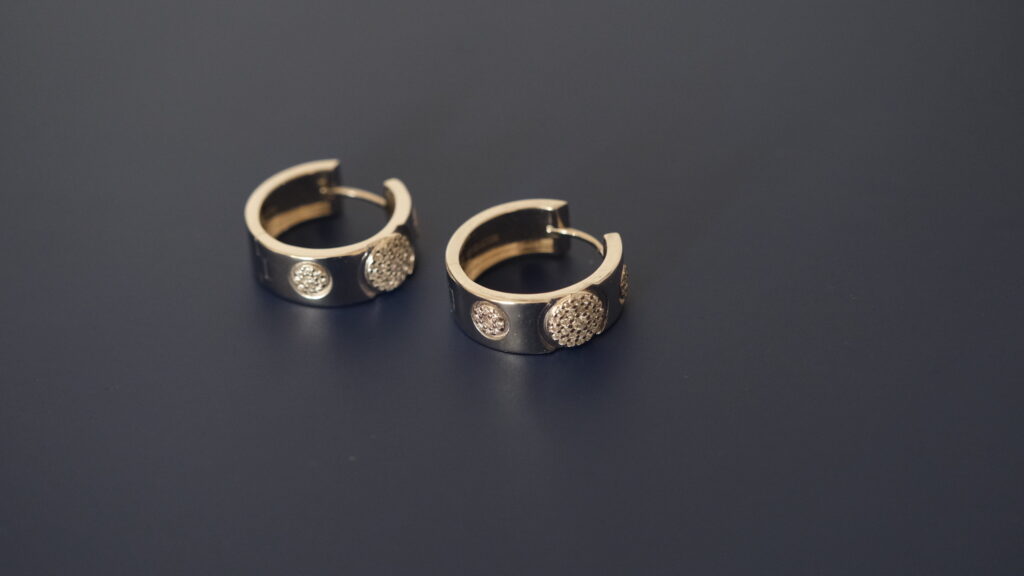
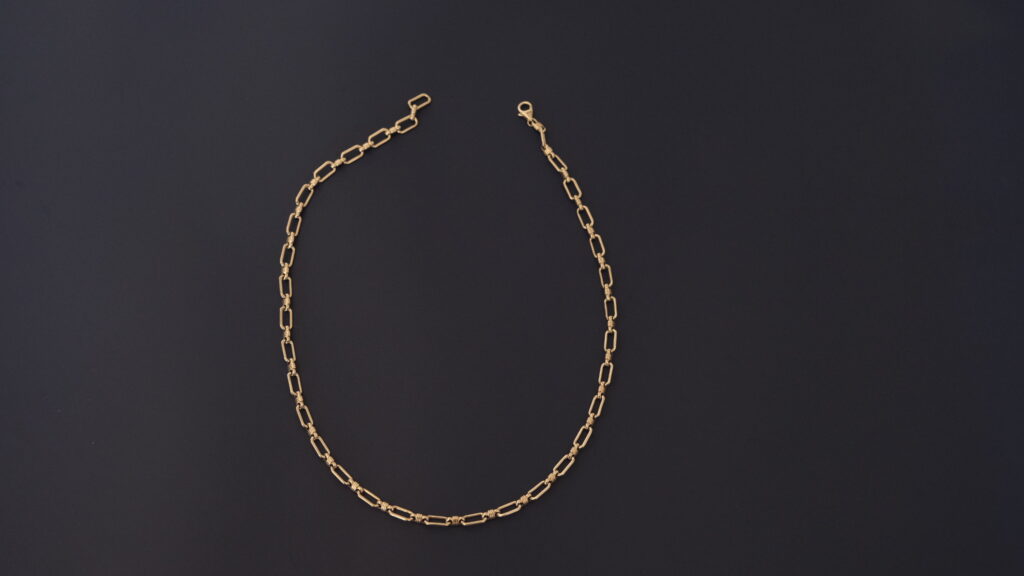
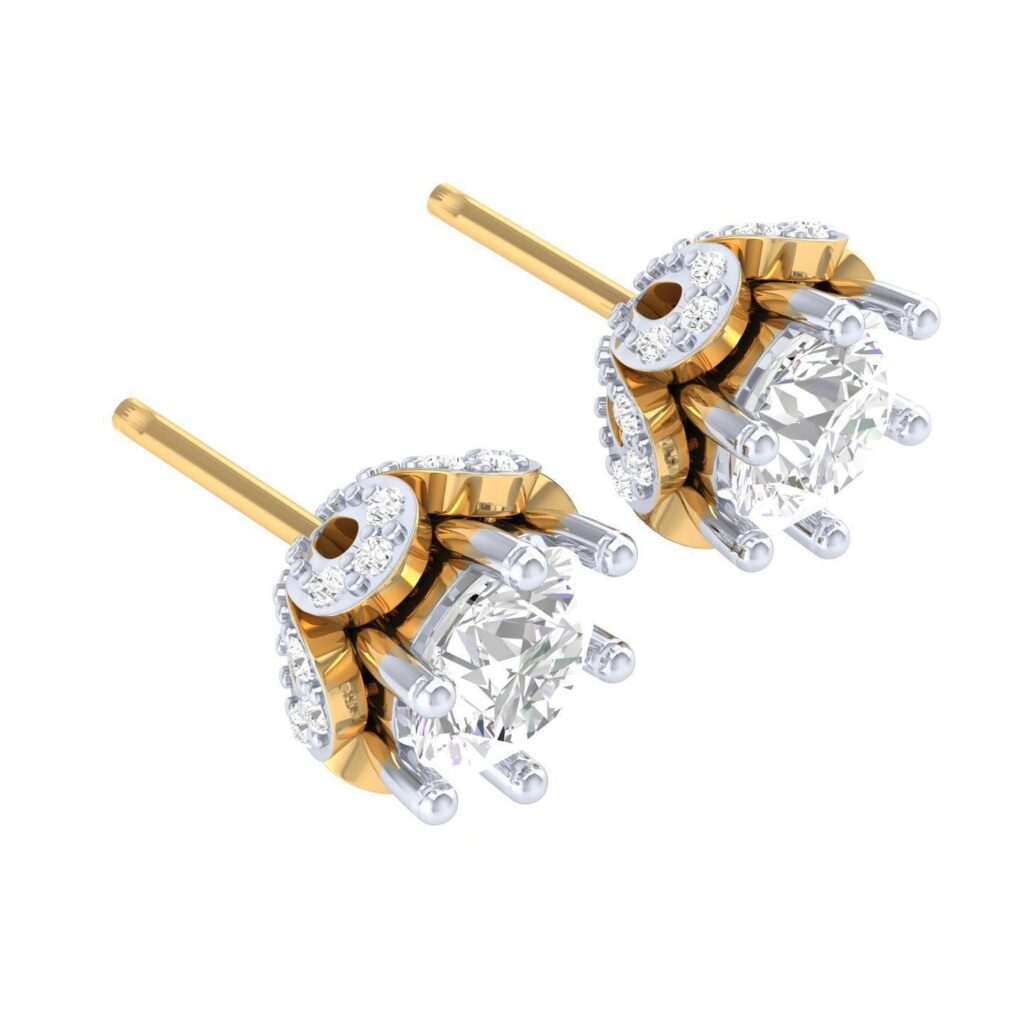
Iconic Examples of Aesthetically Significant Jewelry Pieces from Different Eras
Throughout history, certain jewelry pieces have achieved iconic status, representing the epitome of aesthetic excellence and cultural significance. From the exquisite gold artifacts of ancient Mesopotamia to the dazzling tiaras of European royalty, these pieces offer glimpses into the aesthetic sensibilities of their respective eras. For example, the treasures of Tutankhamun’s tomb, discovered in 1922, showcase the mastery of ancient Egyptian jewelry craftsmanship, with intricate designs featuring symbolic motifs such as the scarab beetle and the Eye of Horus. In the Renaissance era, the intricate jewelry of the Medici family exemplified the opulence and refinement of the period, with elaborate designs incorporating gemstones, pearls, and enamel work. Moving into the modern era, iconic pieces such as the Cartier Panther bracelet and the Bulgari Serpenti necklace epitomize the glamour and luxury of Art Deco and mid-20th-century design. These iconic examples serve as testaments to the enduring allure and timeless beauty of aesthetically significant jewelry throughout history.
-
Flower Stud Diamond Earrings – 18K Gold – 1.7ct
18K Gold
£3,250 Add to cart -
Love Bubble Earrings – 18K White Gold
18K White Gold
£3,150 Select options This product has multiple variants. The options may be chosen on the product page -
Rose Stud Diamond Earrings – 18K Gold – 1.004ct
18K Gold
£3,250 Add to cart
Evolution of Aesthetic Trends in Jewelry
A. Materials and Gemstones
Materials and gemstones are fundamental elements of aesthetic jewelry design, shaping the overall look, feel, and value of a piece. Jewelry designers carefully select materials based on their intrinsic qualities, rarity, and symbolic significance. Precious metals such as gold, silver, and platinum are prized for their luster, durability, and malleability, providing a luxurious foundation for jewelry pieces. Gemstones, ranging from diamonds and sapphires to emeralds and rubies, add color, sparkle, and allure to designs, with each gemstone carrying its unique aesthetic and symbolic associations. Beyond traditional materials, contemporary designers also experiment with unconventional materials such as wood, glass, and ceramics, pushing the boundaries of creativity and innovation in jewelry design.
B. Shapes and Forms
Shapes and forms play a crucial role in defining the aesthetic appeal of jewelry pieces, influencing their visual impact and symbolic significance. Jewelry designers employ a diverse range of shapes and forms, from geometric and abstract to organic and figurative, to evoke specific emotions, narratives, and cultural references. Geometric shapes such as circles, squares, and triangles convey a sense of balance, symmetry, and order, while organic forms inspired by nature evoke themes of growth, harmony, and interconnectedness. Figurative motifs such as animals, flowers, and symbols carry layers of meaning and symbolism, adding depth and storytelling to jewelry designs.
C. Colors and Finishes
Colors and finishes contribute to the aesthetic richness and visual complexity of jewelry designs, enhancing their beauty, elegance, and emotional impact. Jewelry designers harness a spectrum of colors, from vibrant and saturated hues to subtle and muted tones, to evoke different moods, themes, and cultural associations. Gemstones play a central role in introducing color to jewelry designs, with each gemstone offering a unique palette of hues and shades. Finishes such as high polish, satin, matte, and textured surfaces add depth, contrast, and dimensionality to jewelry pieces, creating visual interest and tactile allure. Moreover, surface treatments such as enameling, patination, and oxidation can imbue jewelry with a sense of antiquity, mystery, or contemporary edge, further enriching its aesthetic appeal.
D. Texture and Surface Detailing
Texture and surface detailing contribute to the tactile and visual complexity of jewelry designs, inviting closer inspection and engagement from the viewer. Jewelry designers utilize various techniques such as engraving, embossing, etching, and granulation to create texture and surface detail, adding depth, richness, and character to jewelry pieces. Textures can range from smooth and polished to rough and textured, with each texture conveying a distinct mood, style, and sensory experience. Surface detailing such as filigree, repoussé, and chased work showcase the skill and artistry of the craftsman, elevating jewelry from mere adornment to wearable art.
E. Symbolism and Meaning
Symbolism and meaning imbue jewelry designs with depth, resonance, and emotional significance, connecting wearers to personal narratives, cultural traditions, and universal themes. Jewelry designers draw inspiration from a diverse array of symbols, motifs, and cultural references, infusing their designs with layers of meaning and storytelling. Symbols such as hearts, crosses, and infinity loops evoke themes of love, faith, and eternity, while motifs such as the tree of life, the lotus flower, and the evil eye carry deeper spiritual and cultural connotations. Moreover, custom-designed pieces often incorporate personalized symbols and motifs, reflecting the wearer’s identity, values, and life experiences. Through symbolism and meaning, aesthetic jewelry designs transcend mere ornamentation, becoming tangible expressions of emotion, identity, and aspiration.
Contemporary Trends in Aesthetic Jewelry
A. Minimalist and Modernist Designs
In recent years, minimalist and modernist designs have gained popularity in the world of aesthetic jewelry. Characterized by clean lines, geometric shapes, and understated elegance, minimalist jewelry celebrates simplicity, functionality, and refined aesthetics. Designers often favor sleek metals such as sterling silver, stainless steel, and titanium, eschewing ornate embellishments in favor of sleek, unadorned surfaces. Minimalist pieces are versatile and timeless, making them ideal for everyday wear and effortless styling. These designs resonate with individuals seeking jewelry that complements contemporary lifestyles, exuding sophistication and contemporary allure.
B. Vintage and Retro Revivals
Another prevalent trend in contemporary aesthetic jewelry is the revival of vintage and retro styles. Drawing inspiration from bygone eras such as the Art Deco, Victorian, and Mid-Century periods, designers reinterpret classic motifs and design elements for the modern audience. Vintage-inspired jewelry often features intricate filigree work, ornate settings, and romantic flourishes, evoking a sense of nostalgia and old-world glamour. Retro revivals, on the other hand, embrace bold colors, playful shapes, and whimsical themes, channeling the spirit of past decades with a contemporary twist. These designs appeal to individuals seeking distinctive, statement-making pieces that celebrate the rich heritage of jewelry craftsmanship.
C. Nature-Inspired Themes
Nature-inspired themes continue to captivate jewelry designers and enthusiasts alike, reflecting a deep reverence for the natural world and its inherent beauty. From delicate floral motifs to intricate leaf patterns and animal-inspired designs, nature serves as an abundant source of inspiration for aesthetic jewelry. Designers incorporate organic forms, textures, and colors into their creations, capturing the essence of the outdoors in wearable art. Whether rendered in precious metals, gemstones, or sustainable materials, nature-inspired jewelry celebrates biodiversity, sustainability, and the interconnectedness of all living things.
D. Cultural Fusion and Global Influences
In an increasingly interconnected world, cultural fusion and global influences play a significant role in shaping contemporary aesthetic jewelry. Designers draw inspiration from diverse cultures, traditions, and artistic movements, blending elements from different regions and heritage to create eclectic and vibrant designs. Cultural motifs, symbols, and techniques are reimagined and reinterpreted through a modern lens, resulting in jewelry pieces that celebrate cultural diversity, inclusivity, and cross-cultural exchange. From intricate tribal patterns to symbolic talismans and amulets, multicultural jewelry reflects the rich tapestry of human experience and heritage.
E. Sustainable and Ethical Aesthetic Jewelry Practices
As environmental and ethical concerns come to the forefront of consumer consciousness, there is a growing demand for sustainable and ethical aesthetic jewelry practices. Designers are increasingly embracing eco-friendly materials such as recycled metals, ethically sourced gemstones, and responsibly harvested natural materials. Moreover, artisans prioritize ethical labor practices, fair wages, and community empowerment throughout the supply chain. Sustainable jewelry brands prioritize transparency, traceability, and environmental stewardship, offering consumers the opportunity to align their values with their purchasing decisions. Through sustainable and ethical practices, aesthetic jewelry becomes not only a reflection of personal style but also a statement of commitment to the planet and its inhabitants.
Aesthetics Jewelry in Personal Adornment
A. Self-Expression and Individual Style
Aesthetic jewelry serves as a powerful means of self-expression, allowing individuals to communicate their unique identity, personality, and values through wearable art. Whether minimalist or elaborate, each piece reflects the wearer’s personal taste, preferences, and sense of style. By selecting jewelry that resonates with them aesthetically, individuals curate a visual narrative that speaks to their individuality and showcases their distinctiveness. From statement pieces that command attention to understated accents that convey subtle sophistication, aesthetic jewelry empowers individuals to craft their personal adornment as an extension of themselves.
B. Emotional and Psychological Impact of Aesthetic Jewelry
Beyond mere decoration, aesthetic jewelry holds profound emotional and psychological significance for wearers. Adorning oneself with meaningful pieces can evoke a myriad of emotions, from joy and confidence to nostalgia and comfort. Certain jewelry items may carry sentimental value, representing cherished memories, milestones, or relationships. Whether inherited heirlooms, gifts from loved ones, or self-purchased treasures, these pieces become talismans imbued with emotional resonance, providing solace and connection in times of need. Moreover, wearing aesthetically pleasing jewelry can boost one’s mood, enhance self-esteem, and foster a sense of empowerment, allowing individuals to navigate the world with poise and grace.
C. Social and Cultural Significance of Aesthetic Choices in Jewelry
Aesthetic choices in jewelry also hold social and cultural significance, serving as markers of identity, status, and belonging within society. Across different cultures and communities, certain jewelry styles, symbols, and materials carry specific meanings and associations, signaling social status, religious affiliation, or tribal affiliation. By aligning with prevailing aesthetic norms or subverting them, individuals navigate social hierarchies and express their cultural affiliations or counter-cultural identities. Moreover, aesthetic jewelry serves as a form of cultural currency, facilitating social interactions, forging alliances, and signaling solidarity within social groups. Whether worn to conform or to challenge societal norms, aesthetic choices in jewelry reflect the complex interplay between individual expression and collective identity.
Aesthetic Jewelry Beyond Adornment
A. Artistic Expression and Craftsmanship
Aesthetic jewelry transcends mere adornment, embodying the pinnacle of artistic expression and craftsmanship. Crafted by skilled artisans and designers, each piece of aesthetic jewelry represents a harmonious fusion of creativity, technical skill, and vision. From intricate metalwork to delicate gemstone settings, every detail is meticulously executed to evoke beauty, elegance, and sophistication. Through innovative design techniques, unconventional materials, and avant-garde concepts, aesthetic jewelry pushes the boundaries of traditional craftsmanship, challenging perceptions and inspiring awe. By marrying artistic sensibility with technical precision, aesthetic jewelry becomes a medium for artists to channel their creativity and express their unique vision, transforming raw materials into wearable works of art.
B. Aesthetic Jewelry as Wearable Art
Aesthetic jewelry transcends its utilitarian function, blurring the line between adornment and fine art. With its emphasis on form, composition, and aesthetic appeal, aesthetic jewelry transforms the human body into a canvas for artistic expression. Each piece becomes a miniature sculpture, meticulously crafted to engage the senses and provoke contemplation. Whether minimalist or extravagant, contemporary or classic, aesthetic jewelry captivates viewers with its beauty, inviting them to appreciate the interplay of light, texture, and form. Unlike conventional jewelry, which may prioritize commercial appeal or trendiness, aesthetic jewelry prioritizes artistic integrity and emotional resonance, inviting wearers and observers alike to experience the transformative power of art in their everyday lives.
C. Collecting Aesthetic Jewelry: Investment and Appreciation
For enthusiasts and connoisseurs, collecting aesthetic jewelry is more than a hobby—it is a passion and a pursuit of beauty and excellence. Aesthetic jewelry collections are curated with care, featuring pieces that embody artistic innovation, historical significance, and exceptional craftsmanship. Beyond their intrinsic value, aesthetic jewelry pieces serve as tangible expressions of human creativity and cultural heritage, reflecting the zeitgeist of their time. As wearable works of art, these pieces appreciate in value over time, becoming coveted treasures sought after by collectors and museums alike. Whether acquired for investment purposes or personal enjoyment, aesthetic jewelry collections provide a window into the evolution of artistic trends, social mores, and aesthetic sensibilities across different eras and cultures. Through careful curation and preservation, collectors ensure that these exquisite creations continue to inspire and delight future generations, perpetuating the legacy of aesthetic jewelry for years to come.
Aesthetic Jewelry Beyond Adornment
A. Artistic Expression and Craftsmanship
Aesthetic jewelry transcends mere adornment, embodying the pinnacle of artistic expression and craftsmanship. Crafted by skilled artisans and designers, each piece of aesthetic jewelry represents a harmonious fusion of creativity, technical skill, and vision. From intricate metalwork to delicate gemstone settings, every detail is meticulously executed to evoke beauty, elegance, and sophistication. Through innovative design techniques, unconventional materials, and avant-garde concepts, aesthetic jewelry pushes the boundaries of traditional craftsmanship, challenging perceptions and inspiring awe. By marrying artistic sensibility with technical precision, aesthetic jewelry becomes a medium for artists to channel their creativity and express their unique vision, transforming raw materials into wearable works of art.
B. Aesthetic Jewelry as Wearable Art
Aesthetic jewelry transcends its utilitarian function, blurring the line between adornment and fine art. With its emphasis on form, composition, and aesthetic appeal, aesthetic jewelry transforms the human body into a canvas for artistic expression. Each piece becomes a miniature sculpture, meticulously crafted to engage the senses and provoke contemplation. Whether minimalist or extravagant, contemporary or classic, aesthetic jewelry captivates viewers with its beauty, inviting them to appreciate the interplay of light, texture, and form. Unlike conventional jewelry, which may prioritize commercial appeal or trendiness, aesthetic jewelry prioritizes artistic integrity and emotional resonance, inviting wearers and observers alike to experience the transformative power of art in their everyday lives.
C. Collecting Aesthetic Jewelry: Investment and Appreciation
For enthusiasts and connoisseurs, collecting aesthetic jewelry is more than a hobby—it is a passion and a pursuit of beauty and excellence. Aesthetic jewelry collections are curated with care, featuring pieces that embody artistic innovation, historical significance, and exceptional craftsmanship. Beyond their intrinsic value, aesthetic jewelry pieces serve as tangible expressions of human creativity and cultural heritage, reflecting the zeitgeist of their time. As wearable works of art, these pieces appreciate in value over time, becoming coveted treasures sought after by collectors and museums alike. Whether acquired for investment purposes or personal enjoyment, aesthetic jewelry collections provide a window into the evolution of artistic trends, social mores, and aesthetic sensibilities across different eras and cultures. Through careful curation and preservation, collectors ensure that these exquisite creations continue to inspire and delight future generations, perpetuating the legacy of aesthetic jewelry for years to come.

The Future of Aesthetic Jewelry
A. Emerging Trends and Innovations in Jewelry Design
The future of aesthetic jewelry promises a dynamic landscape characterized by emerging trends and innovative design concepts. As fashion and cultural influences evolve, jewelry designers continue to push the boundaries of creativity, introducing new materials, techniques, and forms into their work. From experimental geometries to avant-garde compositions, the aesthetic jewelry of tomorrow embraces diversity and eclecticism, reflecting the diverse tastes and preferences of contemporary society. Moreover, as globalization facilitates cross-cultural exchange and collaboration, designers draw inspiration from a myriad of sources, infusing their creations with fresh perspectives and novel ideas. Whether exploring sustainability, technology, or cultural heritage, the future of aesthetic jewelry is ripe with possibilities, offering endless avenues for exploration and discovery.
B. Technological Advancements and Aesthetic Possibilities
Innovations in technology are poised to revolutionize the field of aesthetic jewelry, opening up new avenues for creative expression and design innovation. Advancements in CAD/CAM technology, 3D printing, and computer-aided manufacturing are empowering designers to realize their vision with unprecedented precision and efficiency. From intricate filigree patterns to complex geometries, these tools enable designers to experiment with form, texture, and scale, pushing the boundaries of traditional craftsmanship and expanding the realm of aesthetic possibilities. Furthermore, advancements in materials science are introducing novel materials and finishes into the jewelry-making process, offering designers a wealth of options to explore. With technology as a catalyst for innovation, the future of aesthetic jewelry is poised to be defined by creativity, ingenuity, and technological prowess.
C. Sustainability and Ethical Considerations in Aesthetic Jewelry Production
As environmental and ethical concerns come to the forefront of consumer consciousness, the future of aesthetic jewelry is increasingly shaped by sustainability and ethical considerations. In response to growing demand for transparency and accountability, jewelry designers and manufacturers are adopting eco-friendly practices and ethical sourcing standards throughout the production process. From responsibly sourced gemstones to recycled metals and non-toxic dyes, sustainable materials and practices are becoming integral to the aesthetic jewelry industry. Moreover, initiatives aimed at promoting fair labor practices and supporting artisanal communities are gaining traction, fostering a culture of social responsibility and ethical integrity within the industry. By prioritizing sustainability and ethical considerations, the future of aesthetic jewelry is poised to be both beautiful and conscientious, reflecting a commitment to environmental stewardship and social justice.
In conclusion, exploring aesthetic jewelry shows us a world filled with creativity, innovation, and cultural meaning. From its past to its present forms, aesthetic jewelry tells stories about people, their identities, and what they value. Throughout history, jewelry has been more than just decoration—it’s been a way for people to express themselves and their culture. As we learn about aesthetic jewelry, we see many different styles, materials, and techniques that show the diverse ways people create and adorn themselves. Looking ahead, the future of aesthetic jewelry is about new trends, technology, and being responsible. Designers are always trying new things and using new materials to make jewelry more interesting. They’re also thinking about how to make jewelry in ways that are good for the environment and the people who make it. Overall, aesthetic jewelry is special because it’s not just about looking pretty—it’s about expressing who we are, telling stories, and connecting with others. Whether it’s a piece of art we wear or something we collect, aesthetic jewelry reminds us of the beauty in the world and the creativity of humanity.


